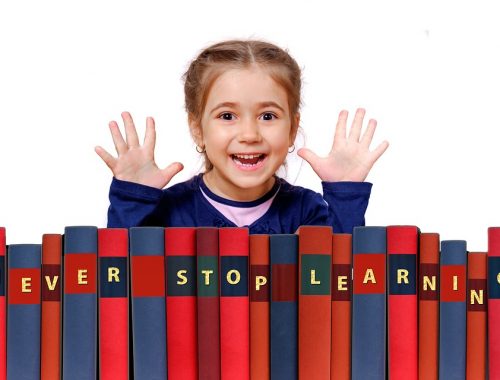
Let’s Stimulate Your Little One’s Smell
At only a few days of life, babies are already able to recognize their mother by smell, and to differentiate perfectly the smell of her milk from all others. That’s why, for example, if you hold your baby to your chest to nurse him, he will quickly find the nipple and start sucking on it. You’ll soon find that your scent and the scent of everything familiar soothes him.
From the very beginning, babies are attracted to certain smells and reject others. Among their favorites, besides the body odors of their parents, are those of flowers, fruits like banana, strawberry, and vanilla, and cinnamon… And among the most unpleasant, tobacco, cleaning products, acidic citrus fruits, onions, and burnt food…
Smell is a sense closely related to taste. If we smell the food before chewing, the flavor is enhanced. Keep this in mind when you give your baby his first purees.
Stimulate his Sense of Smell
Humans are able to distinguish up to 4,000 different types of smells and evoke memories in our minds from early childhood. The perception of a specific smell can produce different emotional effects, such as happiness or sadness. This is because the sense of smell is located in our brain very close to the hippocampus, the area responsible for memories, while the other senses have to travel a longer way to reach the memory and emotional circuits. Enjoy this advantage of brain geography to stimulate your baby with pleasant smells that are sure to be familiar and bring back pleasant memories when she grows up. Here’s how:
- Give your baby a relaxing massage with baby oil every day. You’ll benefit from its calming effect, while stimulating his sense of smell and touch, and toning his skin.
- Place a handkerchief in her crib that you’ve worn in your bra so that it is impregnated with your perfume. It will calm you down.
- Perfume your clothes with a few drops of baby cologne.

- From 6 months, when you start introducing new foods to your baby, let him touch and smell them while he’s sitting in his high chair.
- Allow him to smell everyday objects such as the soap in the bathroom, a flower, an orange… Smell it first, exaggerating the gesture so that he imitates you and pronounces its name so that he associates it with the object.
- From the age of 2, play with closing your eyes and trying to guess the smell of things. At first, she chooses very contrasting smells: onion, garlic, lemon… Then more subtle: that of various fruits or flowers.
Additional Easy Games
- The Scents of Nature-Any time of the year is a good time to enjoy the scents of nature. Each season has a different smell. For example, in the spring you can play at recognizing the smell of wet grass and distinguishing those of flowers; in the summer, appeal to the unmistakable scent of the sea; and in the fall and winter, try to catch the aroma of dry leaves rotting on the ground and the differences between the smell of earth wet from rain or snow.
- Like a Bloodhound-Place colored paper impregnated with scented substances around the house so that he can follow the trail of aromas as if he were a bloodhound. Also, you’ll make it easier for him to understand the relationship between smells and colors if you soak the yellow paper in lemon juice or mint green.
- Guess, Guess, Guess-Ask him to close his eyes and give him the smell of a bar of soap, toothpaste, or a slice of melon, so he can guess what it is. Smell it first, exaggerating the gesture of pleasure or rejection it produces. If it’s edible, you can also taste it.
- In a Vial-This is a group game for several children. Introduce different smelling items into a few small jars: a few pieces of garlic, a cotton ball soaked in cologne, or some mint leaves. Who will be more successful if they cover their eyes?
- Natural or Artificial Smell-Still with their eyes closed, ask them to smell and associate a natural product with its artificial scent— a strawberry and a strawberry candy, a flower with an artificial flower essence. This activity is for slightly older children.
- There you are! With those tips, you should be well prepared to stimulate your kids’ smell. Do you have any other suggestions? Share them in the comments below.
You May Also Like

How to Choose Baby Clothes on a Budget
2022-10-21
Tips for Preparing Your Child for Kindergarten
2021-10-11

